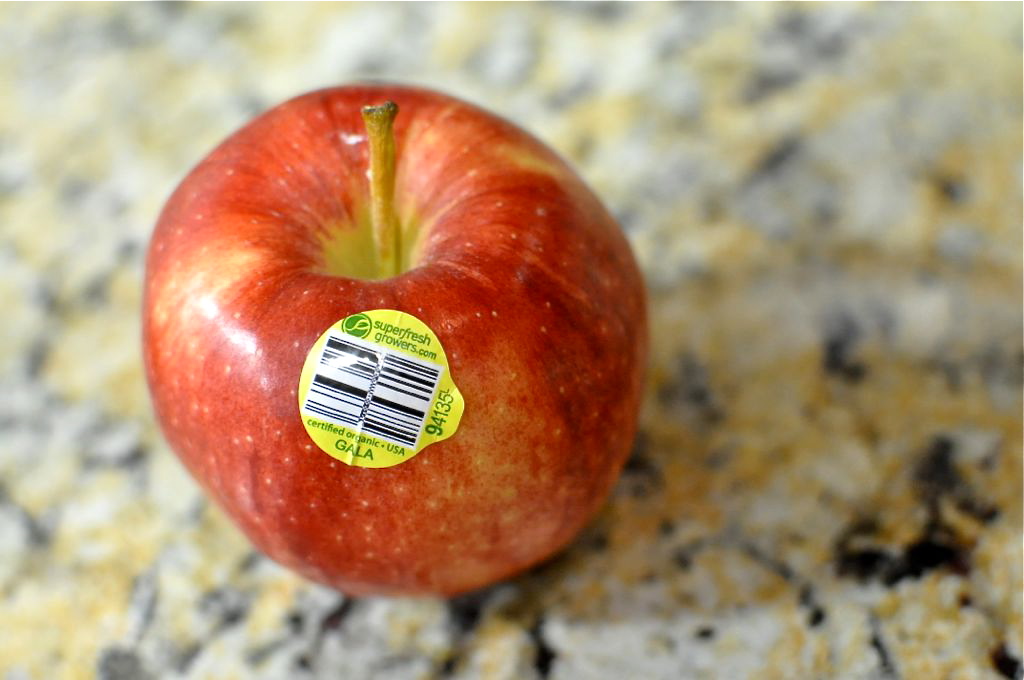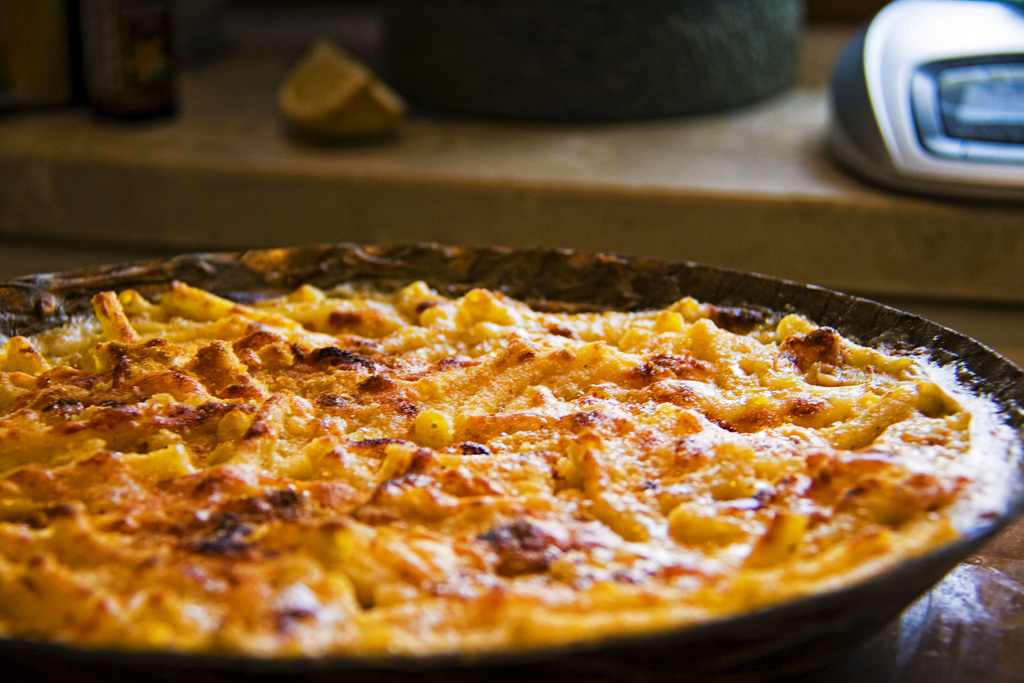Meet Gabi Moskowitz, author of the Brokeass Gourmet blog and cookbook. Her goal: to teach people to make delicious food on a tight budget. All her recipes can be made for under $20, assuming you have a few basic ingredients like flour, eggs and olive oil on hand. In an interview with Spoon, she shared her story and tips on everything from buying organic to cooking for one.
S: Besides eggs, what’s your go-to meal on those nights where you’re just too tired to cook but you still want a satisfying dinner?
GM: There’s a tendency with those sort of nights to just go for the starch, you just want something that’s gonna make you feel full fast, you go for the pasta. I think that as long as you’re not using it to microwave Lean Cuisine, there’s nothing wrong with using the microwave every now and then. Take a couple of sweet potatoes, and stab them all over with a fork, then put them in the microwave for like five or six minutes, then split them open, cut them in half lengthwise. Then I just like to mash them up, and then I take whatever veggies I have on hand, and then some cheese or tofu, whatever sort of yummy toppings are in my fridge — this is great with chopped salami or leftover chicken breast — and I basically make twice-baked sweet potatoes. I scoop out the filling and I add peas, sometimes leftover kale, I’ve even done it with cottage cheese which was really good. I used to do this in college too because I found that I’d come home from a long day of classes and work and have to do homework for like four hours, and if I ate pasta and potatoes, I would fall asleep. Sweet potatoes are a really good substitute because they’re low on the glycemic index, which means you’re not going to get that same sugar crash.

Photo courtesy of Flickr user jamonation.
S: What’s your take on buying organic food?
GM: I do think, if I had my druthers I would eat all organic food. I don’t think that we know enough about pesticides and certainly about GMOs and what they’re going to do in four years, but like I said I realize they’re very expensive. The rule of thumb is the thicker the skin of the produce, the less you have to worry about it. If it’s an orange or cabbage where you’re going to take off a few layers before you use it, you don’t have to worry as much. Apples, always buy organic; onions, buy organic. Here’s a trick for buying organic: buy at a farmer’s market, and show up late. Show up at the very end. I know that sounds counter-intuitive, but if you show up at the end, people are eager to get rid of their goods. If you show up late while they are getting rid of it, they will oftentimes sell it to you at a competitive price, and I’ve even gotten it for free before. The other thing is, only buy produce as you need it. As long as you’re careful, you can usually get away with working in some organic produce.

Photo by Lily Allen.
S: Learning to cook for one is a problem a lot of college students face since so many recipes make multiple servings. What tips do you have on cooking for one?
GM: I do think that cooking for one is important and it can be really hard, especially if you’re following a recipe. The number one rule is that you’ll find that you don’t have to follow recipes once you get comfortable cooking, and then when you don’t have to follow recipes, you don’t have to make food for four people.
Pasta is a good way to start. Once you get comfortable making a single plate of really good, intricate, interesting, well-made pasta, then start making other things. Recipes are really just suggestions, unless you’re baking, so look at the recipe and if you can do the math in your head, you can remember that it doesn’t have to be too exact. As long as you’re using fresh ingredients and simple techniques it’s going to taste good. […] Read the recipe, get the concept down […] I think that people get really stuck on the directions in recipes and they feel like they have to follow it to a T or the food is not going to turn out, and that’s just baloney. It’s not going to happen, it’s going to be good. Cooking for one is more of a state of mind, if that makes sense.

Photo courtesy of Flickr user ugod.
S: For a reader who wants to try out one of your recipes now, which one would you recommend they start with?
GM: Brown butter pumpkin mac and cheese. It’s probably my most famous recipe; it’s so good, it’s so easy. It’s basically a little browned butter, which is one of those great brokeass cooking tricks that takes the food to another level by doing something that takes a little extra time but doesn’t cost extra money. Browning the butter makes it nutty and really yummy. So you make a cheese sauce, but to it you add canned pureed pumpkin. Instead of adding more fat or cream or whatever, you’re actually adding something that has fiber and is fat free and very healthy. There’s still milk, there’s still cream, there’s still cheese, but there’s not as much and it leaves you not feeling like you need to go take a nap. I make it every Thanksgiving.
Note: This interview has been edited for brevity and clarity.

